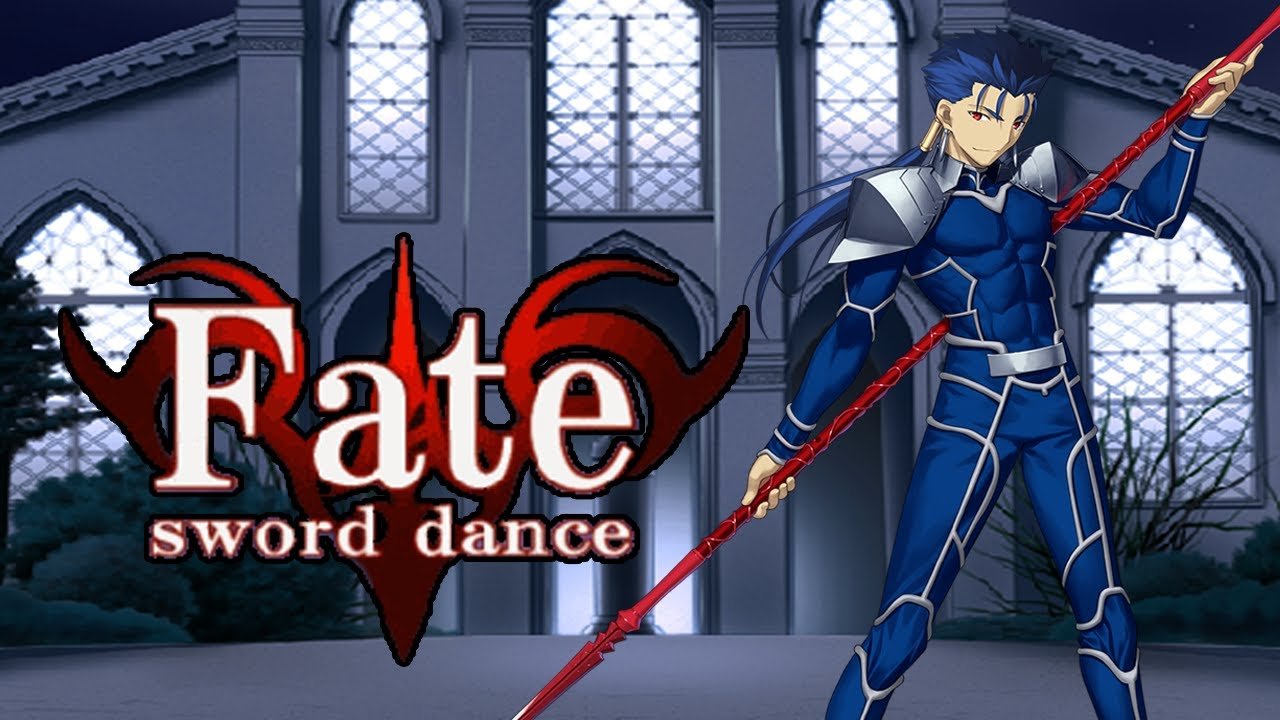The term “Sword Dance Cyst” does not refer to a medical condition or biological entity. Instead, it’s a specific encounter within the video game Destiny 2.
Destiny 2’s Sword Dance Cyst
The “Sword Dance Cyst” is a challenging mission in Destiny 2 that pits players against a formidable group of Hive enemies. This encounter requires strategic gameplay and teamwork to overcome.
Encounter Details: Players must defeat a wave of Hive enemies, culminating in a boss fight.
Rewards: Successful completion of the Sword Dance Cyst mission grants players valuable loot and experience points.
Game Context: This encounter is part of a larger storyline within Destiny 2, contributing to the overall narrative.
What is a Sword Dance Cyst?
Defining the Term
The term “sword dance cyst” is not found in conventional medical literature. It is possible that it is a colloquial or layman’s term that has emerged from miscommunication or misinterpretation. To understand this term, we need to break it down into its components:
Sword Dance: Traditionally, sword dancing is a folk dance where participants use swords in their routines. It is popular in various cultures, notably in Scotland and the Middle East.
Cyst: In medical terms, a cyst is a closed sac-like structure filled with liquid, semi-solid, or gaseous material. Cysts can occur anywhere in the body.
Given the separate meanings of these terms, it is plausible that “sword dance cyst” could refer to a specific type of cyst associated with an activity related to sword dancing, or it could be a metaphorical expression. To provide a clear understanding, let’s delve deeper into each component and related medical conditions.
Sword Dancing: An Overview
History and Cultural Significance
Sword dancing has a rich history and cultural significance in various parts of the world:
Scottish Sword Dance: Known as the “Ghillie Callum,” this dance involves intricate steps performed around swords placed on the ground.
Middle Eastern Sword Dance: Popular in regions like Turkey and Persia, this dance is often performed at celebrations and has ceremonial importance.

Physical Demands and Risks
Sword dancing requires agility, precision, and strength. It can be physically demanding and carries certain risks, including:
Injuries: Dancers are at risk of cuts and bruises from the swords.
Strains and Sprains: The complex movements can lead to muscle strains or joint sprains.
Understanding Cysts: Types and Causes
Common Types of Cysts
Cysts can form in various parts of the body. Some common types include:
Epidermoid Cysts: Often found on the skin, these are filled with keratin.
Ovarian Cysts: Occur in the ovaries and can cause abdominal pain.
Baker’s Cyst: Develops behind the knee, usually due to joint issues.
Ganglion Cyst: Forms near joints or tendons, often on the wrist.
Causes of Cysts
Cysts can develop due to various reasons:
Blockages: Blocked ducts or glands can lead to cyst formation.
Infections: Certain infections can result in cysts.
Genetic Conditions: Some cysts are hereditary.
Chronic Inflammation: Long-term inflammation can cause cyst development.
Exploring the Connection: Sword Dance and Cysts
Hypothetical Scenarios
Given the physical nature of sword dancing, it is possible to speculate on how the activity could be associated with cysts:
Trauma-Induced Cysts: Repeated trauma or friction from dance movements might lead to the development of cysts, similar to how athletes might develop cysts from repetitive motion.
Bursitis and Baker’s Cysts: Dancers might develop bursitis (inflammation of the bursa) due to repetitive movements, which could lead to Baker’s cysts.
Case Studies and Reports
While there are no specific medical case studies directly linking sword dancing to cyst formation, similar activities have shown correlations between physical exertion and cyst development. Research on dancers and athletes provides insights into how rigorous physical activities can lead to cysts.
Common Questions and Misconceptions
What are the Symptoms of a Cyst?
Cyst symptoms vary depending on their location and type:
Visible Lump: Most cysts appear as a lump under the skin.
Pain or Discomfort: Cysts can be painful, especially if they press on nerves or other structures.
Inflammation: Redness and swelling around the cyst.
Limited Mobility: Cysts near joints may restrict movement.
How are Cysts Diagnosed?
Diagnosis typically involves:
Physical Examination: Doctors can often diagnose cysts by touch.
Imaging Tests: Ultrasound, MRI, or CT scans provide detailed images.
Biopsy: In some cases, a sample of the cyst is analyzed in a lab.
Treatment Options for Cysts
Treatment depends on the type and location of the cyst:
Observation: Some cysts do not require treatment and may resolve on their own.
Medication: Infections or inflammation may be treated with antibiotics or anti-inflammatory drugs.
Drainage: Larger cysts may need to be drained by a healthcare professional.
Surgery: Persistent or problematic cysts may require surgical removal.
Can Sword Dancing Cause Cysts?
There is no direct evidence that sword dancing specifically causes cysts. However, the physical strain and potential injuries associated with any rigorous activity can increase the likelihood of cyst development.

Preventive Measures and Best Practices
For Dancers and Athletes
To minimize the risk of developing cysts, dancers and athletes can follow these best practices:
Proper Warm-Up: Ensuring muscles are prepared before engaging in intense activity.
Protective Gear: Using appropriate protective equipment to prevent injuries.
Hydration and Nutrition: Maintaining good hydration and a balanced diet to support overall health.
Regular Check-Ups: Monitoring for any unusual lumps or discomfort and seeking medical advice promptly.
General Health Tips
General tips to reduce the risk of cysts include:
Good Hygiene: Keeping skin clean and avoiding excessive friction.
Regular Exercise: Staying active while avoiding repetitive strain injuries.
Managing Stress: Reducing stress levels to minimize chronic inflammation.
Conclusion
While the term “sword dance cyst” may not be a recognized medical condition, exploring the potential connections between physical activities like sword dancing and the development of cysts can provide valuable insights. Understanding the types, causes, symptoms, and treatments of cysts can help individuals take proactive measures to maintain their health. Whether you are a dancer, athlete, or simply someone interested in this topic, being informed can lead to better health outcomes and prevent unnecessary complications.
To read more, Click Here

Leave a Reply